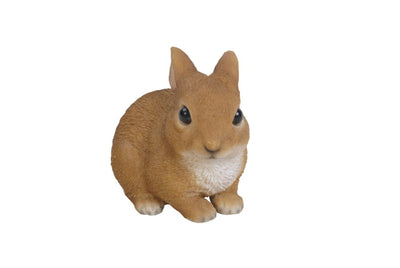Beautiful Plants That Don’t Grow Tall: Compact Landscaping Ideas
Not every garden needs towering trees and oversized shrubs. If you have a small yard, patio, or simply want to fill spaces with plants that don’t grow tall, choosing compact varieties is the key to maintaining a balanced and visually appealing landscape. Here are some of the best low-growing plants to enhance your outdoor space.
Benefits of Low-Growing Plants
-
Ideal for Small Spaces: They fit well in patios, balconies, and compact gardens.
-
Low Maintenance: Most short plants require less pruning and upkeep.
-
Ground Coverage: Great for filling gaps between taller plants and adding lush greenery.
-
Versatile Use: Perfect for edging, container gardens, or decorative flower beds.
Best Plants That Don’t Grow Tall
1. Lavender
Lavender is a fragrant, low-growing perennial that adds charm and color to any garden. It thrives in well-drained soil and attracts pollinators like bees and butterflies.
2. Hostas
Hostas are shade-loving plants with lush, decorative foliage. They are perfect for filling shaded areas and come in various leaf colors and patterns.
3. Sedum (Stonecrop)
Sedum is a drought-tolerant succulent with fleshy leaves and small, vibrant flowers. It works well in rock gardens, borders, and containers.
4. Creeping Thyme
This fragrant, low-growing herb forms a dense carpet of greenery and produces tiny flowers in summer. It’s excellent for pathways and ground cover.
5. Heuchera (Coral Bells)
Heuchera features colorful foliage that ranges from deep purples to bright greens. It’s a great option for adding year-round interest to flower beds and borders.
6. Dwarf Boxwood
A compact evergreen shrub, dwarf boxwood is ideal for low hedges, garden edging, and small topiary designs.
7. Ajuga (Bugleweed)
Ajuga is a fast-spreading ground cover with deep green or purple leaves and striking blue flowers. It works well in shady or partially sunny areas.
8. Pansies & Violas
These cheerful flowers are great for container gardening and flower beds. They bloom in cooler seasons, adding bright colors to any landscape.
Tips for Growing Low-Growing Plants
-
Group plants by height: Pair shorter plants with taller varieties to create a layered look.
-
Use raised beds or containers: This helps define spaces and keep plants tidy.
-
Choose plants suited to your climate: Select varieties that thrive in your local environment for easier care.
-
Incorporate mulch: Helps retain moisture and reduces weed growth.
Choosing plants that don’t grow tall allows you to create a lush, well-balanced garden without overpowering small spaces. Whether you want ground cover, seasonal blooms, or foliage variety, these compact plants bring beauty and functionality to any outdoor area.


















